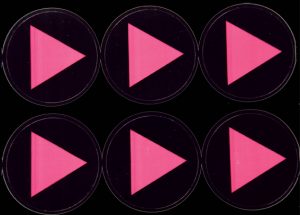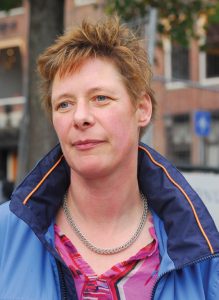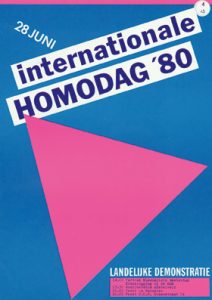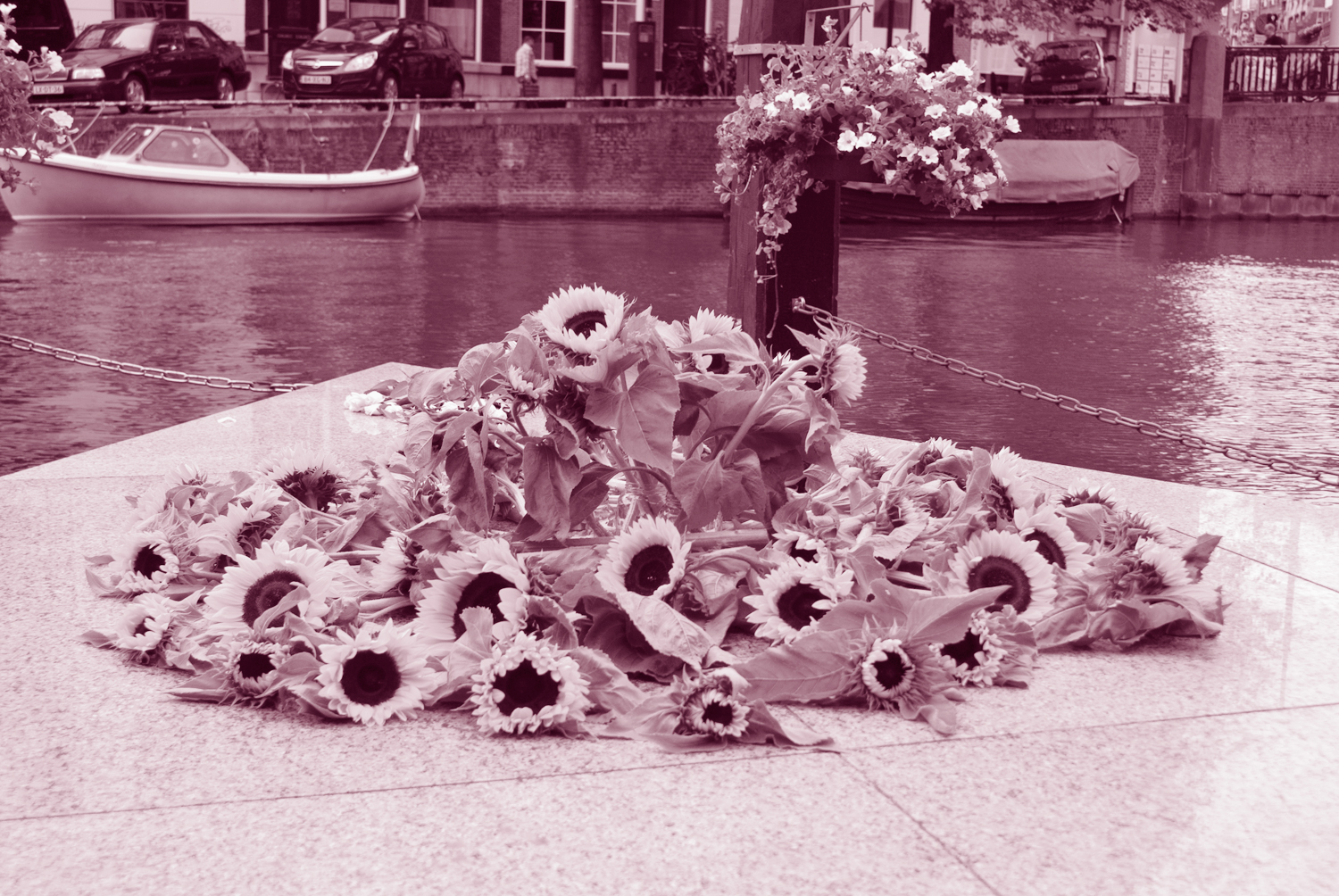Monument of memory
Marian van der Klein works as senior researcher at the Verwey-Jonker Institute in Utrecht. Previously, she did historical research on the LGBT-movement and the memory of the Second World War in the Netherlands at the International Institute of Social History (IISH).
In the 1970s and 1980s, both the international and the Dutch LGBT movement made a strong connection between their own struggle for emancipation and the persecution of homosexuals in Nazi-Germany. It is estimated that in Germany in the 1930s, approximately 15,000 men were imprisoned in concentration camps because of their homosexuality. In the Nazi-system, these men were classified with a pink triangle. More than half of these men did not survive the war.

Initially, the LGBT-movement thought that the Nazi-ideology had also resulted in the structural persecution of homosexuals in the Netherlands. LGBT’s demanded recognition of homosexual victims of 1940-1945 (Nazi occupation-period) by the Dutch government, similar to Jewish and Roma victims.
In the Netherlands under Nazi occupation, the situation has been different from Germany, however. German anti-homosexual legislation was introduced, but Dutch homosexuals were hardly ever, if at all, sent to concentration camps because of this.
Dutch homosexuals were sent to camps if they were Jewish or if they were involved in the resistance; they did not get a pink triangle.

Before, during and after the war, Dutch law was repressive with regard to homosexuality: Article 248-bis. This article, which criminalized same-sex acts between adults and minors was only removed from Dutch Criminal Law in 1971.

